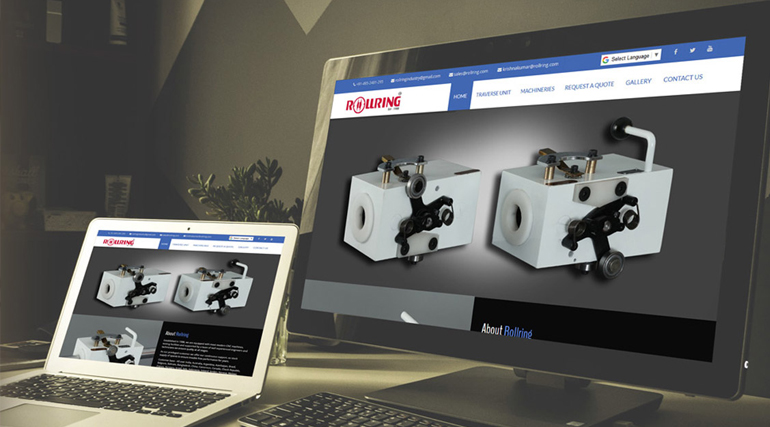
- 05 September 2023
How do we create a Website?
Creating a website involves several steps, from planning and design to development and maintenance. Here's a general overview of how to create a website:
1. Define Your Purpose and Goals:
Determine the purpose of your website. Are you building an online store, a blog, a portfolio, a corporate website, or something else?
Set clear goals for your website, such as attracting visitors, generating leads, selling products, or sharing information.
2. Plan Your Website:
Create a sitemap outlining the structure and hierarchy of your website's pages.
Decide on the content you'll include on each page and the overall navigation structure.
Consider the user experience (UX) and design elements that will enhance your website's usability.
3. Choose a Domain Name and Hosting:
Select a domain name (e.g., www.yourwebsite.com) that reflects your brand and is easy to remember.
Choose a web hosting provider to store your website's files and make it accessible on the internet.
4. Design Your Website:
Create a visual design for your website that aligns with your brand identity and goals.
Design the layout, color scheme, typography, and graphics.
Consider responsive design to ensure your site looks good on various devices.
5. Develop Your Website:
Choose a website development platform or CMS (Content Management System) like WordPress, Joomla, or Drupal.
Install and configure your chosen CMS.
Develop and code the website's pages, including text, images, and interactive elements.
Implement features such as contact forms, e-commerce functionality, or blog sections.
6. Optimize for SEO:
Perform keyword research to identify the terms and phrases your target audience uses.
Optimize your website's content, meta tags, and images for search engines (SEO).
Ensure your website loads quickly, as site speed is a factor in search engine rankings.
7. Test Your Website:
Thoroughly test your website's functionality and design across different browsers and devices.
Check for broken links, missing images, and other issues.
Test any interactive features, forms, or e-commerce functionality.
9. Promote Your Website:
Announce your website's launch through social media, email newsletters, and other marketing channels.
Implement an ongoing digital marketing strategy to drive traffic and achieve your goals.
10. Maintain and Update:
Regularly update your website with fresh content, news, and product/service information.
Monitor website performance and user engagement using analytics tools.
Address security updates and software patches to keep your website secure.
Remember that creating a successful website is an ongoing process. Continuously assess and improve your website's performance and user experience to meet your objectives and keep up with changing trends and technologies.




